- Learning time
- 20 minutes
- First play time
- 40 minutes
Jump Drive
Designed by: Thomas Lehmann
In Jump Drive your are competing galactic empires, hoping to dominate the galaxy.
The game is a deck of cards which are shuffled and seven are dealt to each player. You discard down to five, and the game begins. On a given turn all players choose which card or cards they are going to play to the table. The deck is broken into two types of card – developments (denoted by a diamond shape) and planets (denoted by a circle). The diamond or circle will have a number in it, which is the number of cards you need to discard from your hand in order to play it. You can play a development at a cost of -1, or a planet that gets you a card from the deck. Or you can play both, but doing so means you don’t get these benefits.
All face-up cards are then scored – at the bottom every card shows how many points you get from it, and then how many cards you get to add to your hand. So the heart of the game is a very simple pick up cards, play cards. But lots of the cards also combine in different ways – scoring you points for a particular type of planet, say – and your tactical decisions will have a big bearing on how well you do. Additionally, planets with a red ring around the circle are military planets – these are not built by discarding cards, but by having the equivalent military strength in your empire – the cards on the table. Keep and eye out for cards with a little red +1 symbol, as these are your military strength.
That’s pretty much it, although there is also the option of not playing any cards in order to add two more cards to your hand. Play continues until one or more players have broken 50 points, and the player with the most points wins.
Joe says
This really is like Race for the Galaxy in pill form - an excellent way to introduce younger players to that more challenging, deeper card game. Jump Drive is incredibly more-ish - you're constantly seeing synergies between the cards that you'll try and exploit in the next game you play. And the way the points escalate means it always seems to end the round before you were about to pull off that incredible point-scoring combo.
The guru's verdict
-
Take That!
Take That!
For a game about empire building, there's not much Take That. Certain cards can change hands or score points off your opponent, but combat is non-existent.
-
Fidget Factor!
Fidget Factor!
Low. You're only playing a maximum of two cards...
-
Brain Burn!
Brain Burn!
...but as hand size grows, so do your options (hand size limit is ten cards however) and because many cards interact with each other you do want to take a moment to consider which cards you're playing, and which you are sacrificing in order to do so.
-
Again Again!
Again Again!
Jump Drive is a snappy, brief game and the many different cards offer many different strategies.

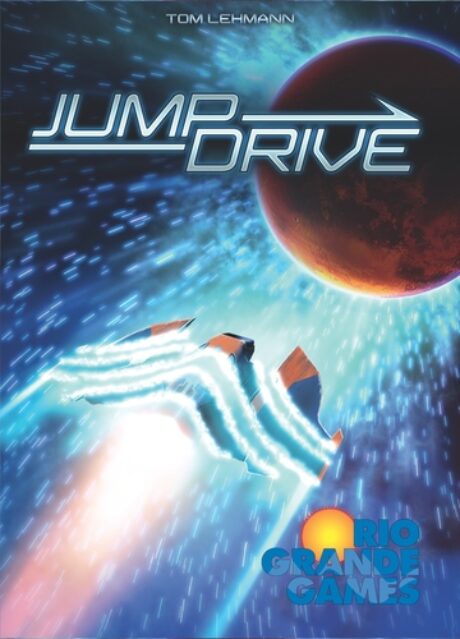
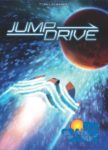
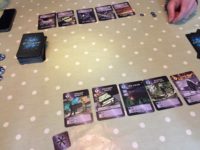



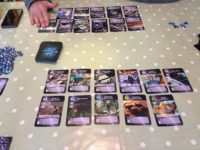



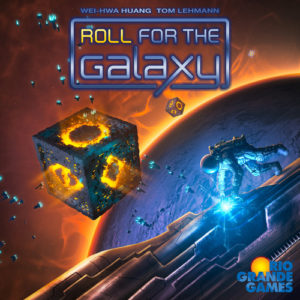

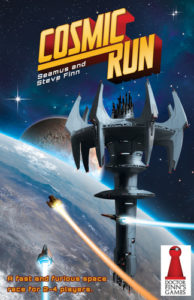
Sam says
Jump Drive is the light-snack version of this designer's heavier game Race for the Galaxy. It only takes a few minutes to learn, but when you've generated a big hand of cards, you'll see that there are multiple options as to how to approach playing it. I'm never a massive fan of games that having 'living rules' - the parameters of what you can do are constantly changing depending on what cards you have - but I enjoyed Jump Drive -it's quite a deft little game.